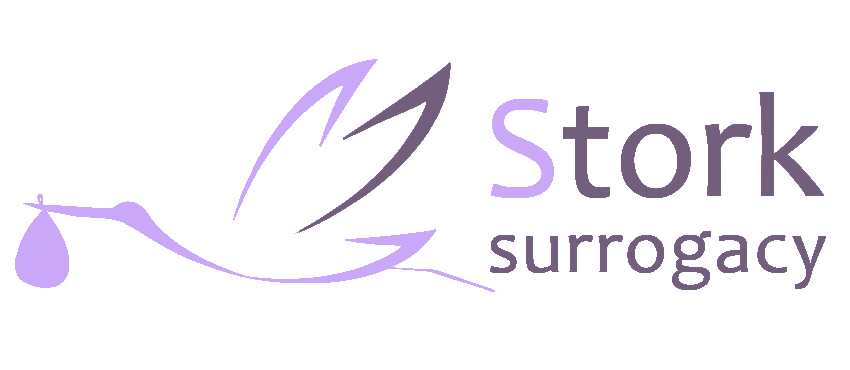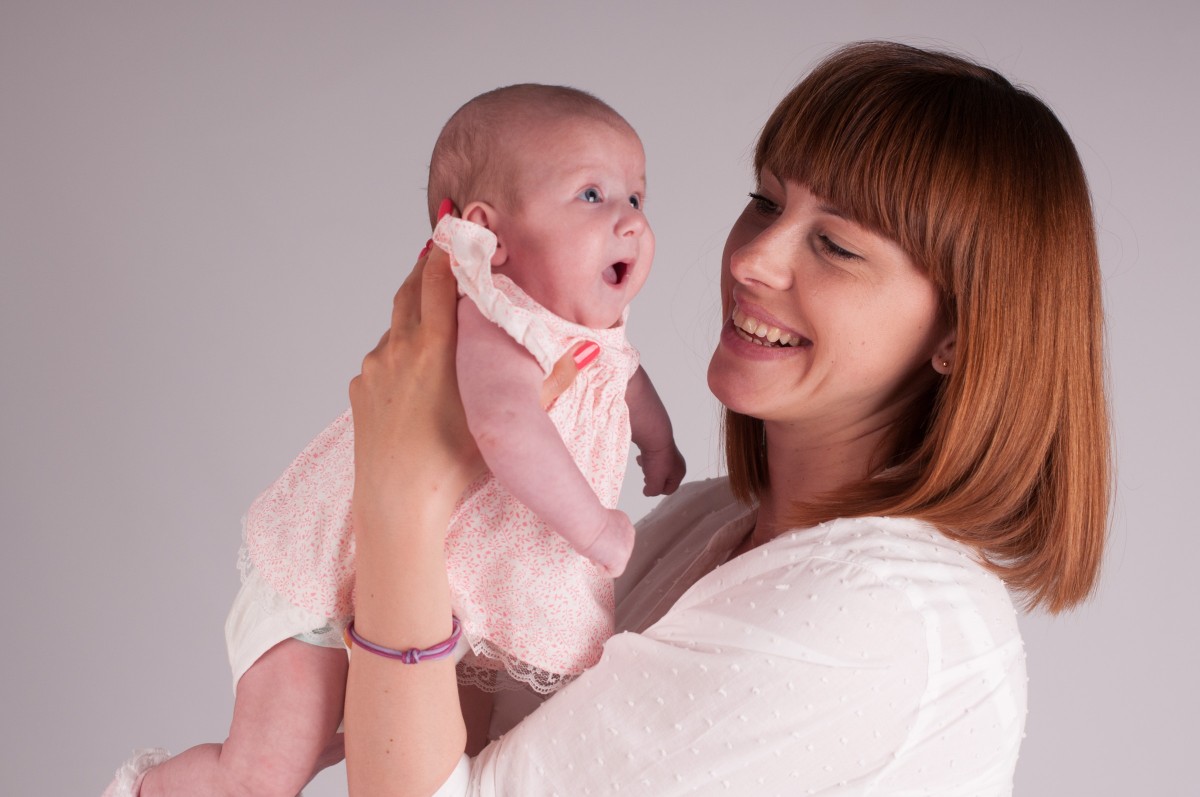For some couples who find each other and decide to start a new life together, one of the most challenging and often demoralizing experiences is trying to start a family and realizing that the obstacles are significant. For some, this is obvious right from the start, as a same-sex relationship with two men means neither is biologically capable of becoming pregnant. For other couples, medical issues like a heart condition or surgical consequences, such as hysterectomies, make pregnancy either extremely high risk or no longer possible. Then, there are some couples for whom fertility is an issue, either at the conception stage or, more worryingly, carrying a baby safely to term once fertilization has been achieved.
Fortunately, we now live in a world where these couples aren’t condemned to a life without a family. There are alternatives, one of them being surrogacy, but is surrogacy always the answer in these situations?
The First Alternative: Adoption
Adoption is, of course, one of the oldest and most well-known alternatives to traditional childbirth and has been widely practiced all over the world. There are many advantages to adoption, most notably that compared to surrogacy, it is both a faster and much more economical solution. There is also the charitable/moral aspect, in that there are many children throughout the world who deserve the chance to grow up in a loving family environment, and couples are now offering those children an opportunity to do so.
Of course, there are also aspects of adoption that may not be to every couple’s preference. The biggest obstacle for some is that adoption cannot give a couple a genetic family lineage. Couples who choose adoption are choosing from a range of children eligible for adoption at that time. However, if a family wishes specifically for a child that is a direct genetic descendant of the parents, as would be the case in a conventional pregnancy, this is, of course, impossible.
The other factor to consider is that a couple will never get to participate in the “day one birth” of an adopted child. Even if the adoptee is an infant, they have already been born; couples have missed out on the birth itself and don’t get to be there from the very first day.
If either of these factors matters a lot to a couple, then adoption may not be the route.
The Surrogacy Alternative
Then there is surrogacy, where a woman who is capable of safely becoming pregnant and giving birth agrees to become pregnant on behalf of another couple. Like adoption, this alternative is nothing new, with even Biblical texts citing specific instances of this practice.
However, surrogacy may also be a much more involved and comprehensive process. In the modern era, surrogacy is often also a much more expensive venture that requires a serious commitment of financial resources. This is due to a few reasons, such as:
Compensation
If a hopeful family is looking for maximum availability when selecting a surrogate mother to work with, then compensated surrogacy is the best way to achieve this. As the name implies, a compensated surrogacy financially compensates the surrogate mother. This means that in exchange for her agreeing to become pregnant, she receives significant financial recognition for the role she plays in the process. Depending on the country this takes place in, and even the state, such as California in the United States, this alone can cost over $100,000 and sometimes go over $200000.
Medical Procedures
As mentioned earlier, adoption does not allow for direct genetic descendants for a couple. However, with a medical procedure known as in vitro fertilization, this is possible. IVF involves donor sperm and egg fertilized under lab supervision and then implanted into a surrogate mother. This means that a hopeful couple can have a child that is genetically a direct descendant exactly as if they had been conceived naturally, with the only difference being gestation occurred in another woman’s womb. However, any DNA test would immediately reveal the child’s genetic lineage as being that of the hopeful parents.
This technique, however, is expensive, and additional investments may come into play depending on need that can add considerably to the cost. For example, if either person in the couple has a family with a history of a congenital disorder, such as sickle cell anemia or Huntington’s disease, this screening procedure can detect it, allowing a couple to choose a fertilized egg from multiples that do not carry the illness. Additionally, if couples have had sperm or egg samples preserved cryogenically elsewhere prior to surgeries, specific, costly types of transportation are required to ensure the material arrives safely and is still viable for IVF use.
As always with starting any family, this decision is an intensely personal one. Whether surrogacy is the right solution for a couple facing fertility issues depends entirely on their needs and, in many cases, the finances they are willing to commit to get the result they want.


